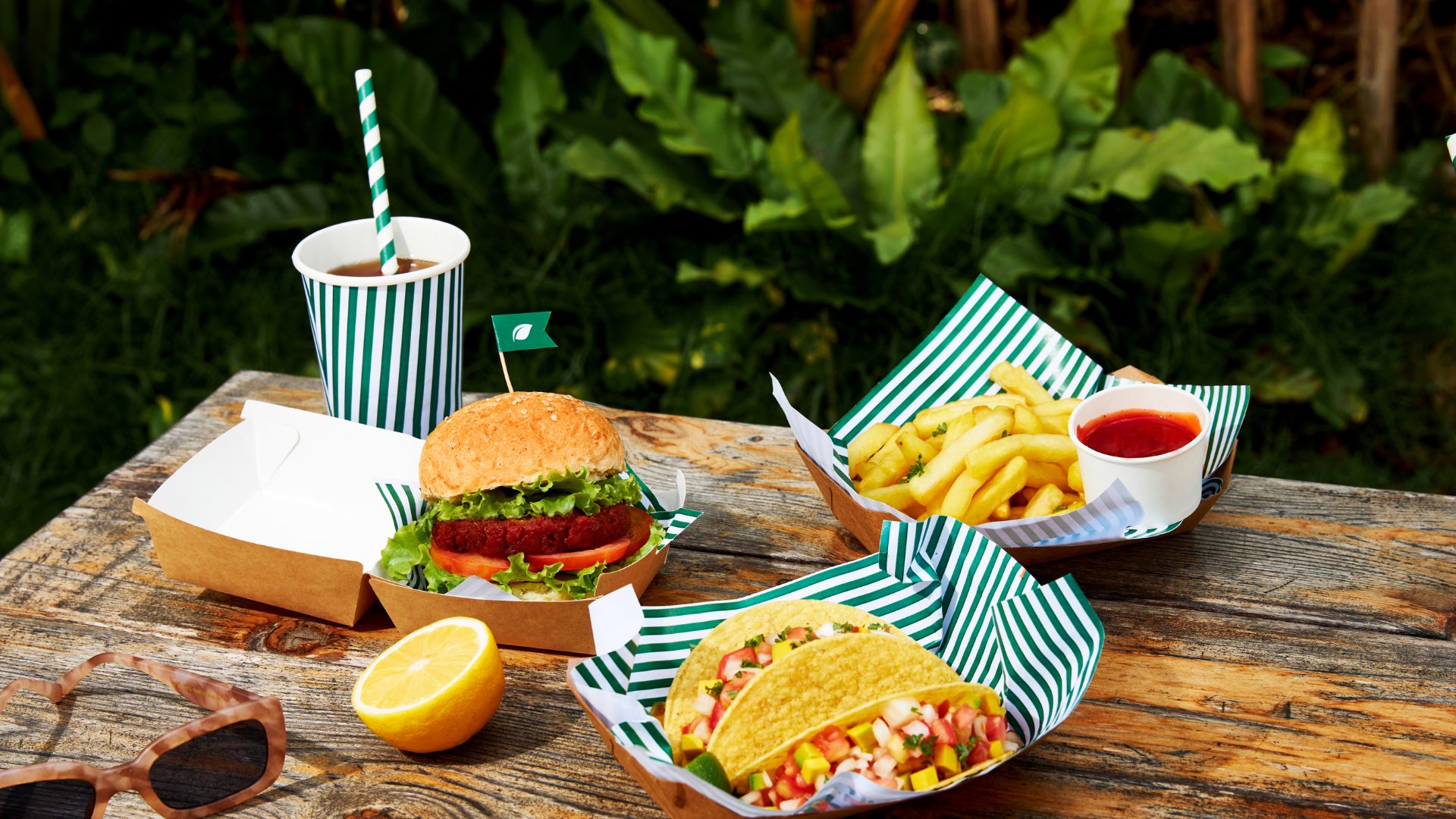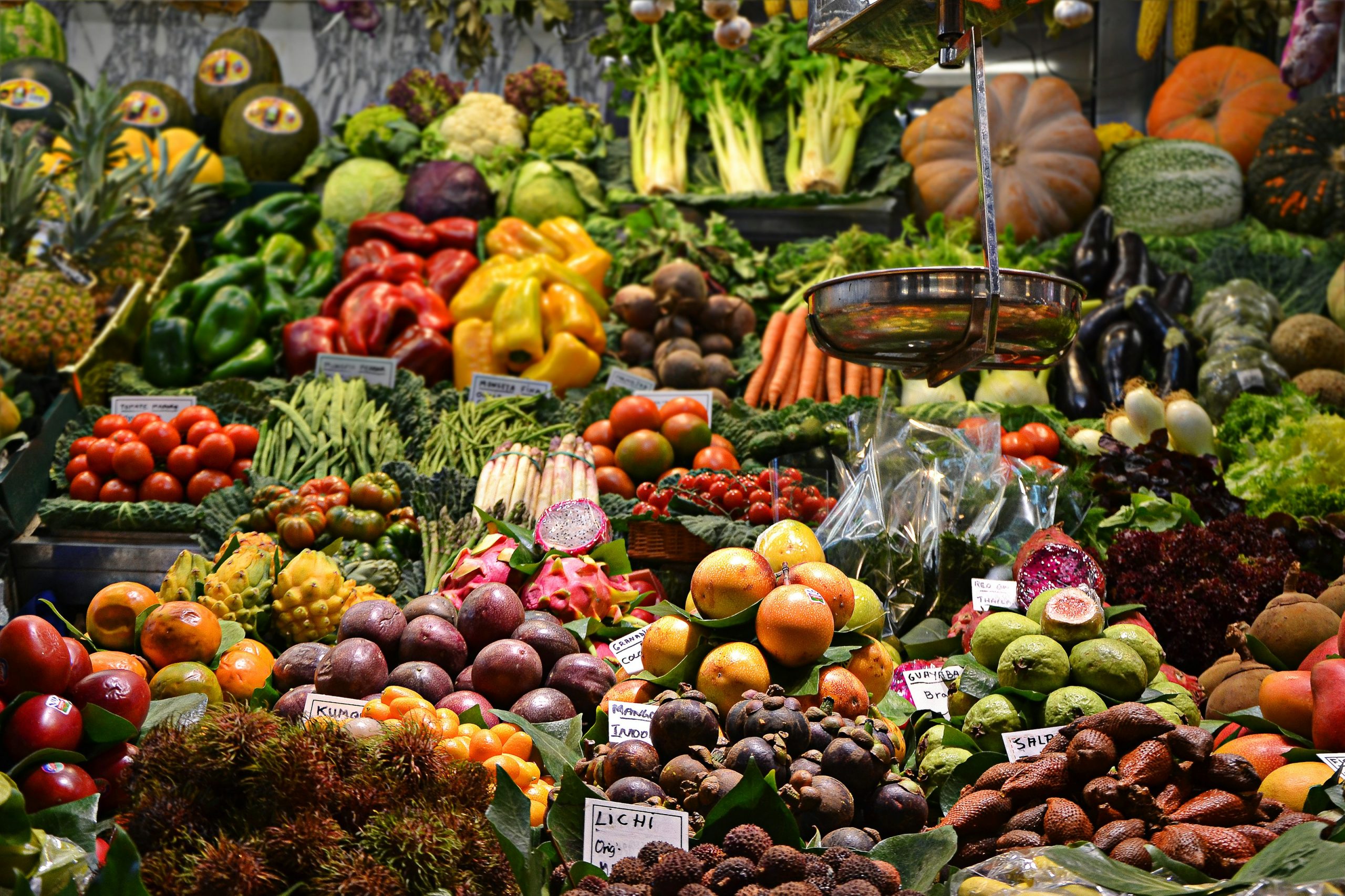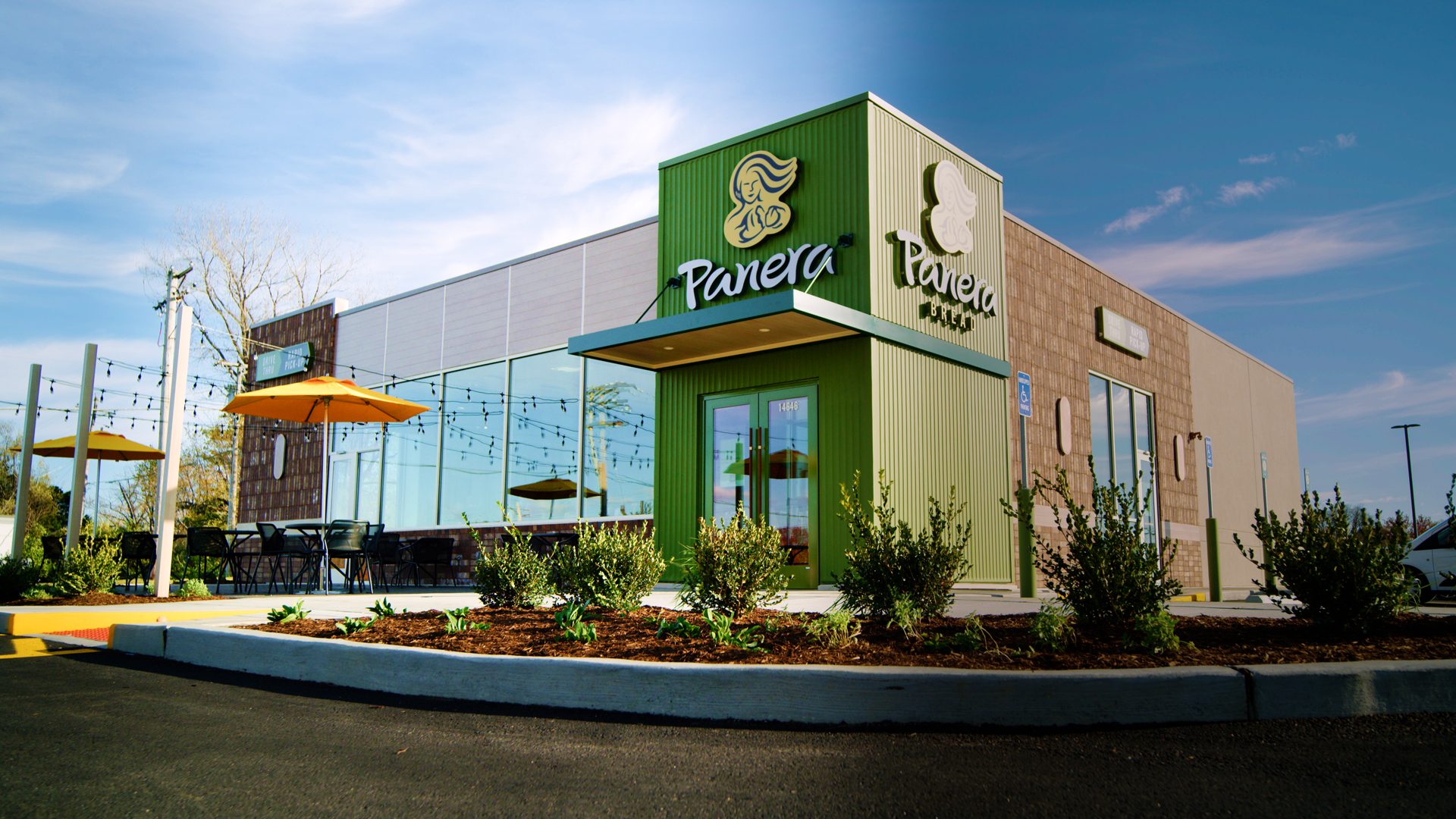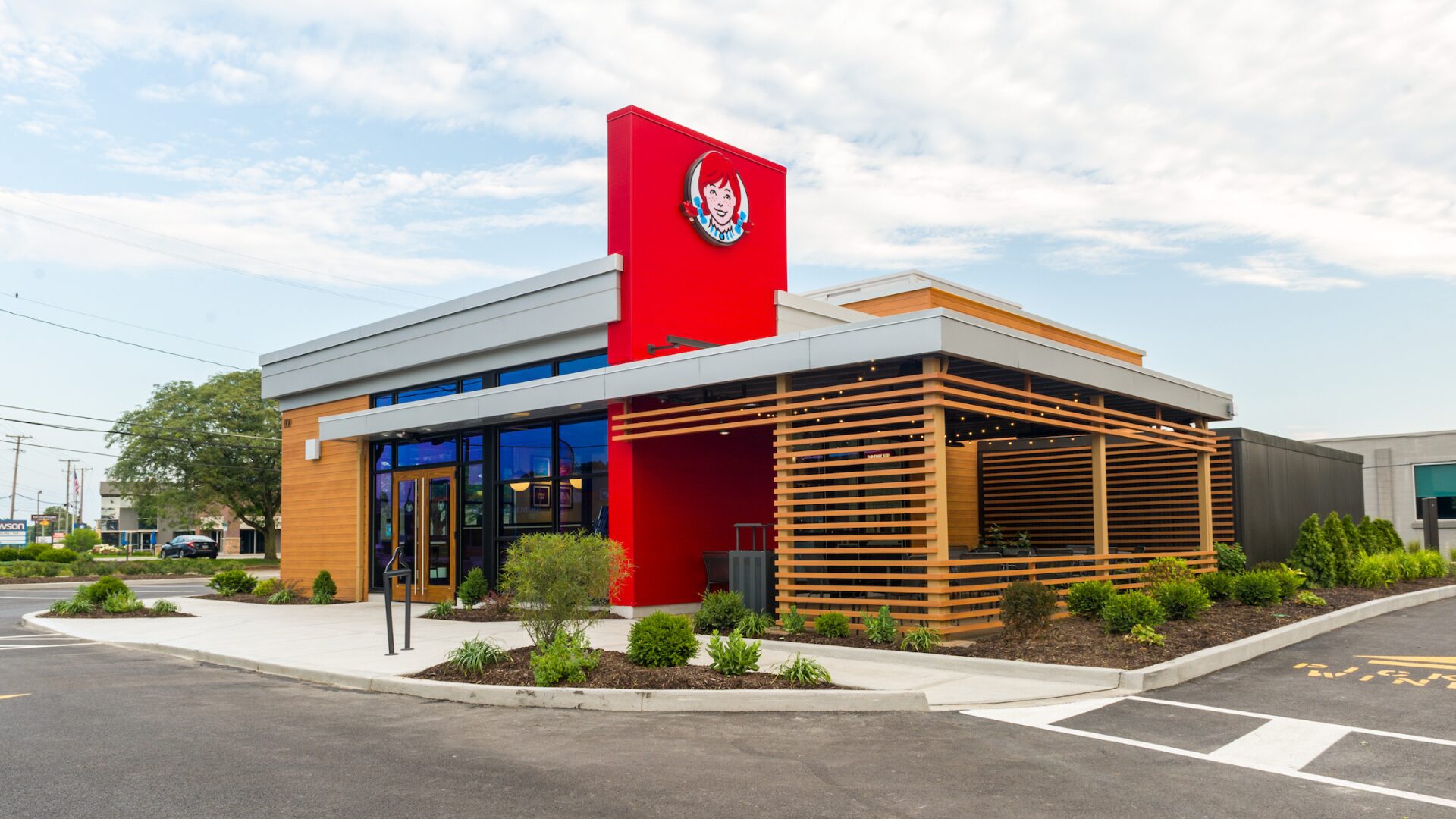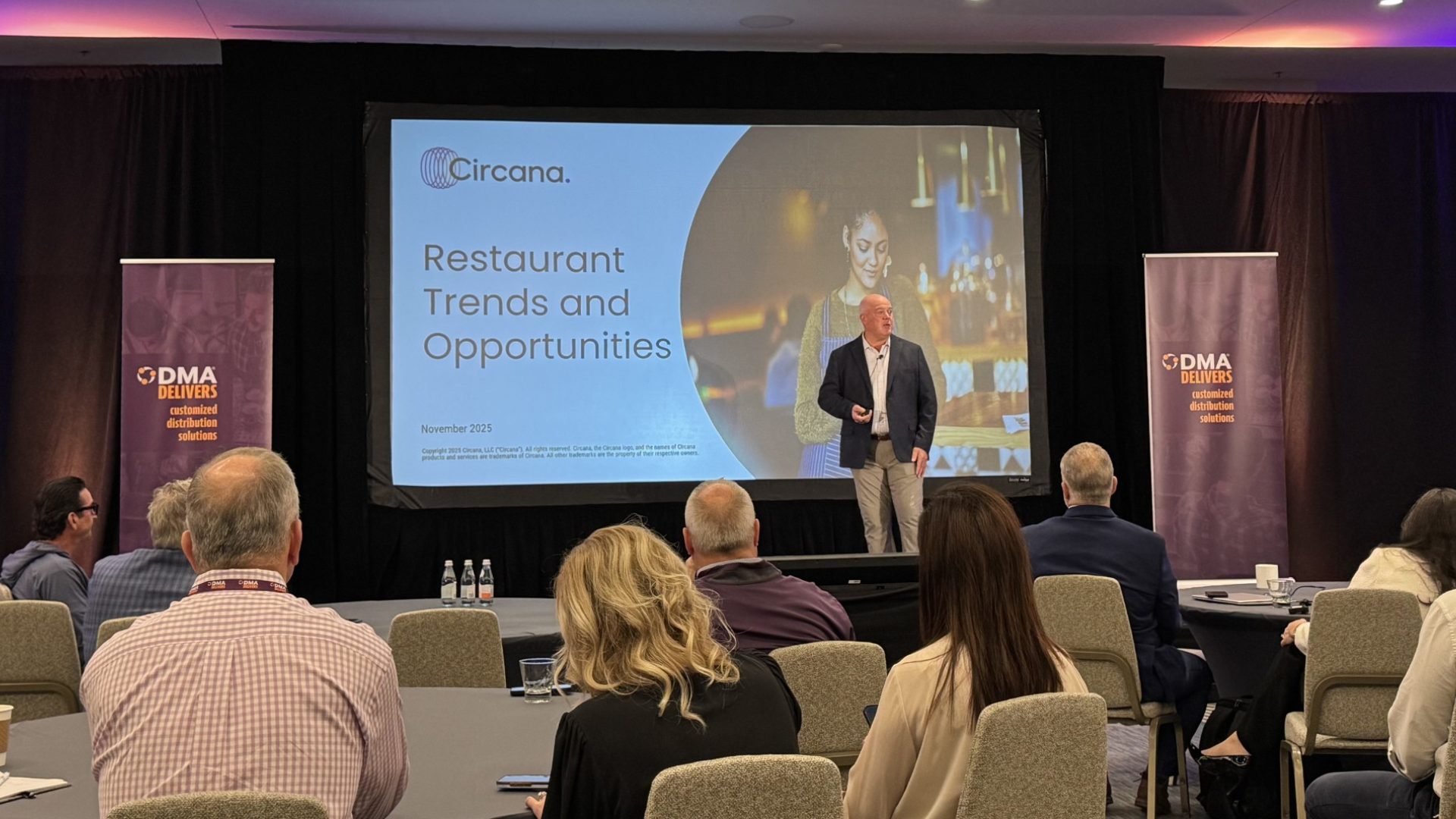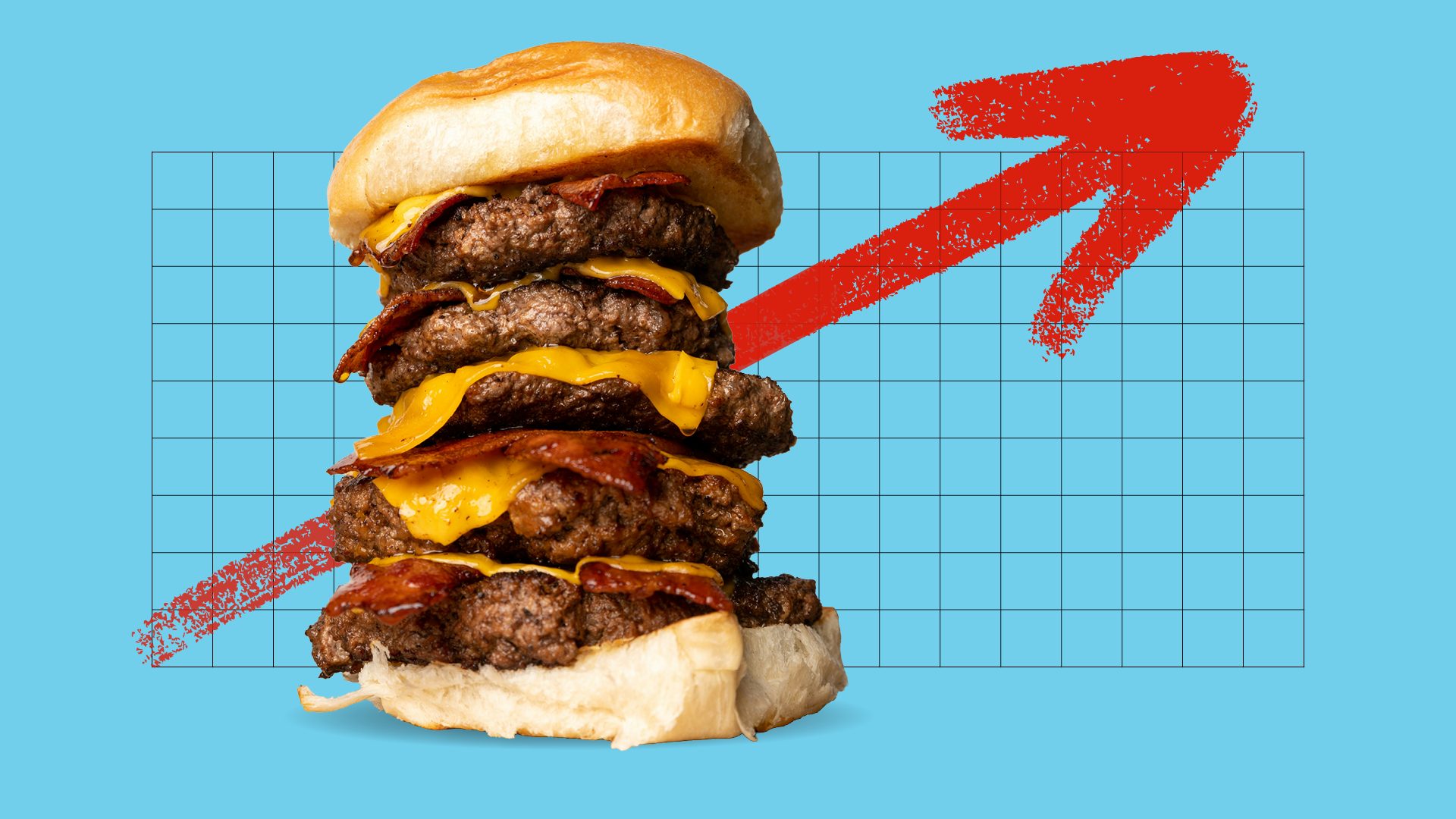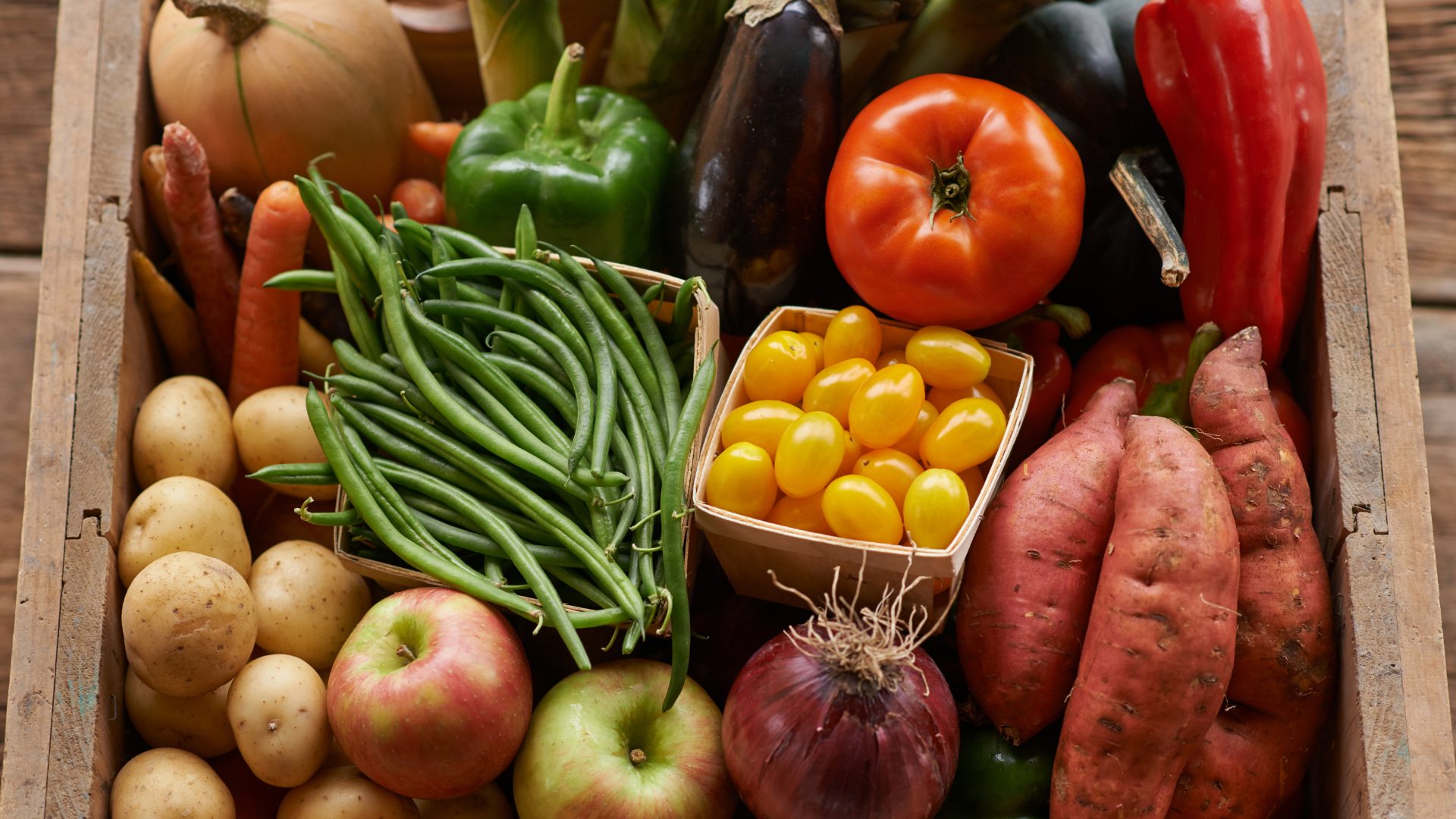It has been an ugly set of earnings for fast-casual restaurant chains. Over the last four weeks, Chipotle, Cava, Shake Shack, Sweetgreen, and Midwestern chain Portillo’s all have reported earnings for the second quarter. In the trading session immediately after the earnings release, the best performer of the five was Chipotle, whose stock plunged 13%. Sweetgreen and Portillo’s saw 23% wipeouts; Cava fell 17% and Shake Shack 15%.
The declines are notable for a few reasons. First, they’re not really supposed to happen. At this point, Wall Street firms and institutional investors have access to tremendous amounts of data on store traffic and even spending. Yet, across the board, analyst and investor projections were off. The gap was most notable at Cava, where the consensus estimate for same-restaurant sales was 6.1%, four full percentage points better than the company’s actual results.
The second is that, while the external environment is difficult, the rest of the sector held up reasonably well. The 15 most valuable publicly traded restaurant companies outside fast casual on average are basically flat over the past month; no other major peer has declined even 6% over that period.
For restaurants as a whole, investors expected a reasonably difficult quarter; but even in that context fast casual names disappointed.
Fast-Casual Chains Face Profit Pressure
For both Portillo’s and Sweetgreen the problem in large part is that investors simply don’t quite trust those businesses yet. There’s still some debate as to whether Sweetgreen can take $16 salads into the heartland, or whether Portillo’s can expand off its loyal Midwestern base. Weak earnings tipped the scales in both cases to skeptics.
Until this month, Chipotle and Cava – seen by many investors as “the next Chipotle — had received more trust. As we noted in April, Chipotle’s first quarter results too looked soft, but at the time investors were willing to stay patient. Quite clearly, that has changed. Chipotle stock now is down more than one-third from mid-2024 highs; Cava, a high-flyer since its June 2023 initial public offering, has plunged by more than 50% just since December.
Those reactions suggest investors are worried about much more than just short- to mid-term macroeconomic weakness. The focus has now turned to the restaurant-level profit margins and ultimate footprint that will drive earnings and stock prices over the long term.
Given Chipotle’s dominance in the space – it’s still worth about four times as much as Cava, Shake Shack, and Sweetgreen combined – and Cava’s importance to sector growth (it plans about 600 new restaurants over the next six-plus years), those concerns are about the industry as a whole, rather than just a few companies.
And those concerns do seem to have some validity. It doesn’t take long on social media to hear complaints about how much pricing fast-casual restaurants have taken over the past five years. At the same time, inflation in food remains volatile. Labor costs, in part due to state-level minimum wage increases, continue to rise. Tariffs are increasing newbuild costs, which at some point could constrain unit growth.
If price increases have to slow because consumers simply aren’t paying $20 for a Chipotle lunch, then restaurant-level and ultimately corporate-level profit margins are at a ceiling.
Fast Casual’s Investor Honeymoon is Over
The traffic figures for the last quarter – flat for Cava despite the newness of its fleet, -5% for Chipotle, and -0.7% at Shake Shack – suggest consumers already are responding to pricing.
On his company’s post-earnings call, Chipotle CEO Scott Boatwright argued that the weak visitation was mostly driven by the economic environment, arguing that some customers were being lost to $5 meal deals from quick-service rivals like McDonald’s. Cava executives pointed to more idiosyncratic factors, including lapping the June 2024 addition of steak to the menu and declines at some 2024 openings which posted unexpectedly strong initial results (and thus difficult year-prior comparisons in 2025).
The post-earnings declines in sector stocks – which in all cases have continued since earnings, if more modestly – suggests that right now the market doesn’t quite believe those explanations. Given how volatile the environment of the past five years has been – a pandemic, supply chain problems, a quick spike in inflation, political upheaval and change – investors generally have been willing to take the long view and look past problems perceived as short-term issues.
Again, that was precisely the reaction to Chipotle’s first quarter, which while soft was actually better than the numbers from Q2. The same patience has been granted to other players in the space, notably McDonald’s. This quarter, however, the reaction was very different.
And that reaction is worth noting, both because of its size and its focus on just the fast casual portion of the broader restaurant space. Even before these earnings reports, investors knew the macroeconomic environment was difficult. The stampede away from fast-casual names strongly implies that over the last few weeks, they learned something new about the industry – and didn’t like it.
Vince Martin is an analyst and author whose work has appeared on multiple financial industry websites for more than a decade; he’s currently the lead writer for Wall Street & Main. He has no positions in any companies mentioned.
The Food Institute Podcast
How will the One Big Beautiful Bill Act (OBBBA) impact your food business? Unraveling the implications of new legislation is never easy, but Patrick O’Reilly and Jeff Pera of CBIZ explain how provisions of the bill related to no tax on tips, depreciation and expensing of capital purchases, and research and development will impact the industry.


